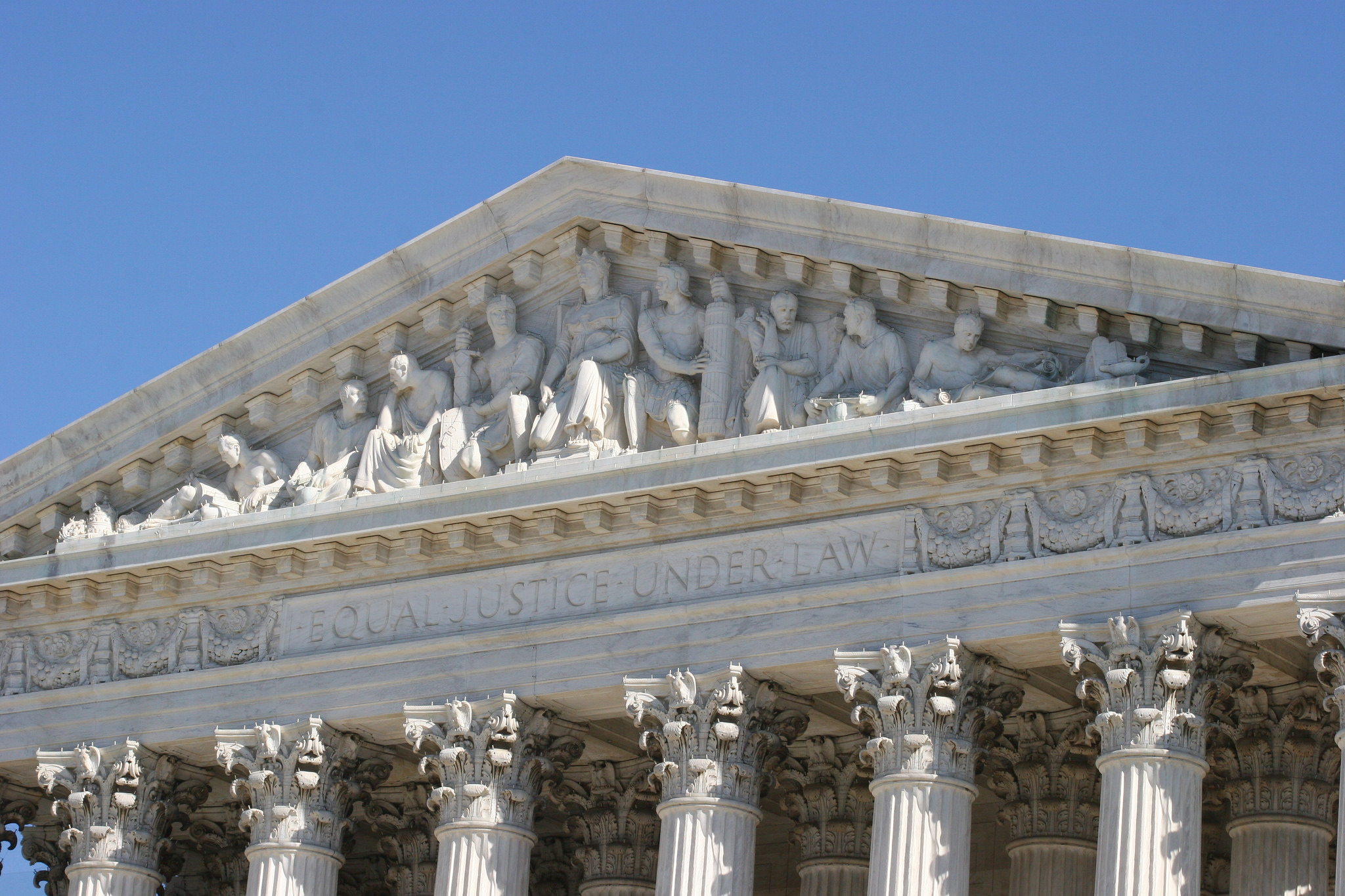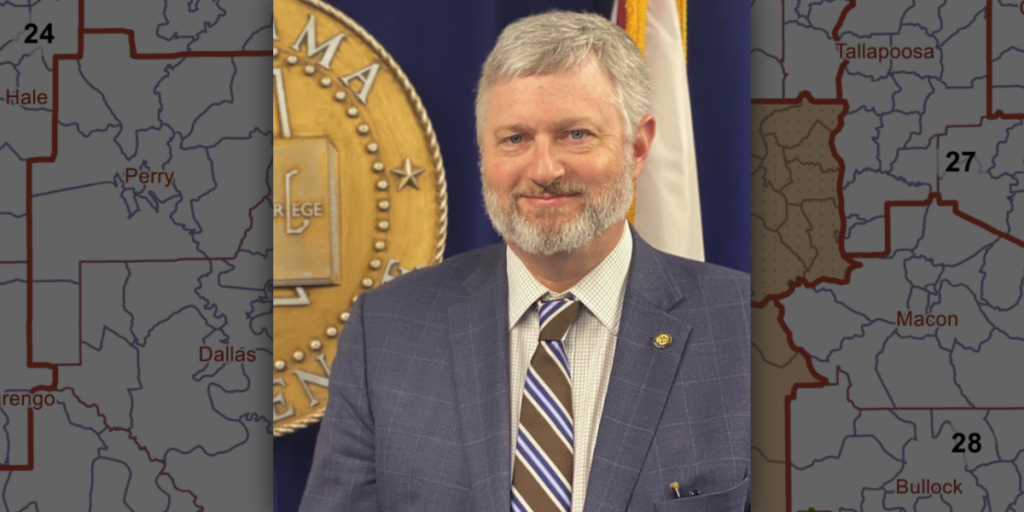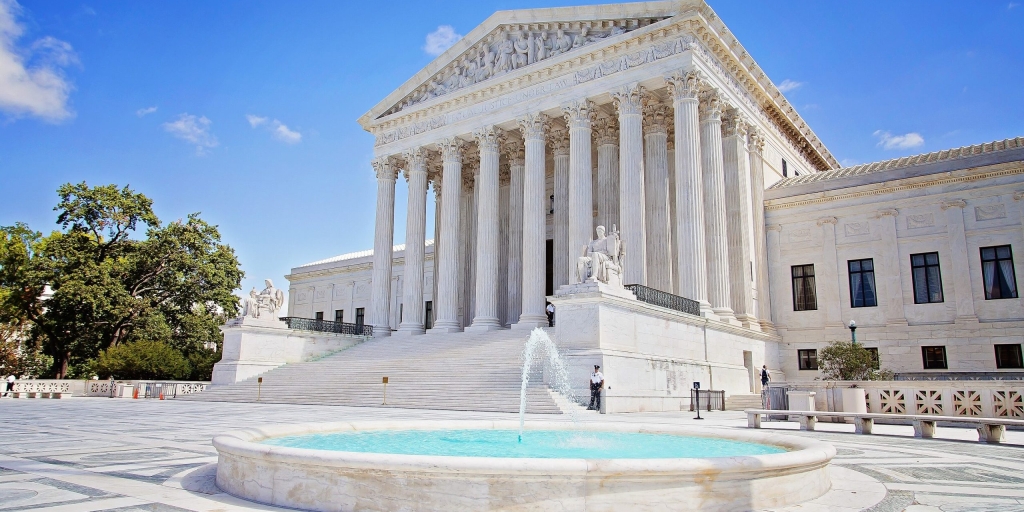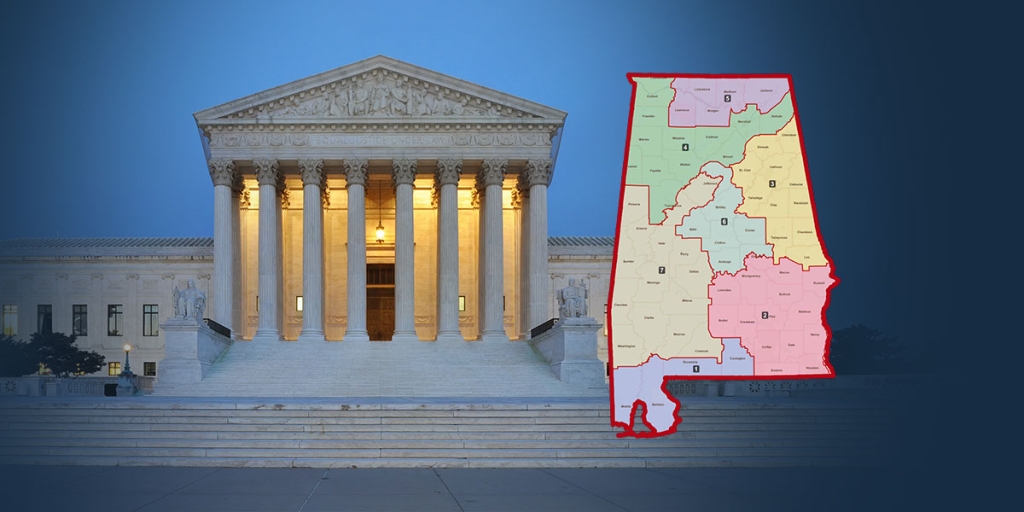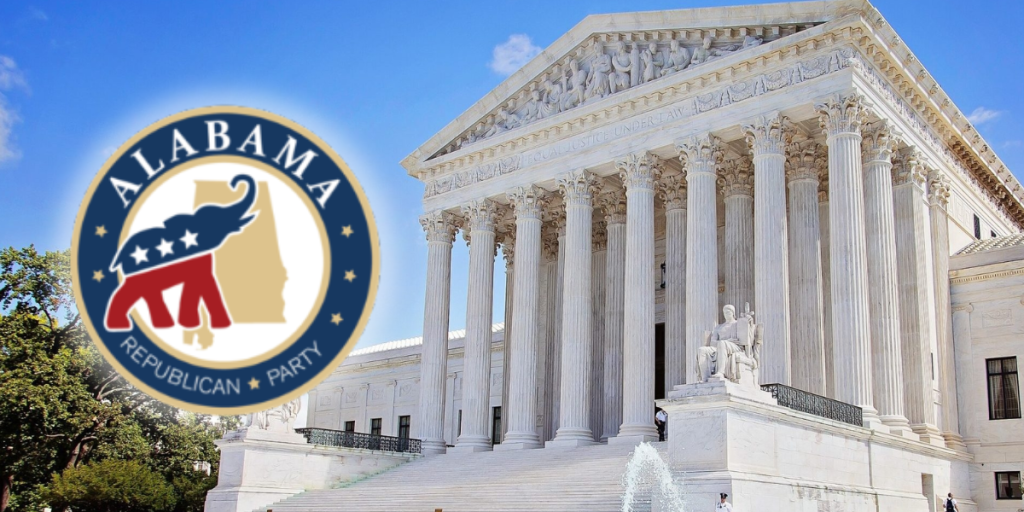The State of Alabama may move forward with its 2022 elections as the U.S. Supreme Court placed on hold a lower court’s ruling that ordered the state to redraw its congressional district map.
Following the results of the decennial U.S. Census, the Alabama Legislature last year refreshed its congressional district map to reflect population changes.
In late January, a three-judge federal panel of the U.S. District Court for the Northern District of Alabama ruled that the legislature had likely violated Section 2 of the Voting Rights Act. The lower court ordered Alabama to create an additional black opportunity district to reflect the state’s black citizenry, which currently accounts for roughly 26% of the population.
As currently structured, the only minority-majority district is Alabama’s seventh congressional district, which is represented by U.S. Rep. Terri Sewell (D-Birmingham).
In the days that followed, the State of Alabama appealed the lower court’s decision to the Supreme Court asking to place the decision on hold so it could proceed the 2022 congressional elections while it prepared an appeal.
The nation’s high court sided with the state in a 5-4 decision with Chief Justice John Roberts siding with the court’s liberal justices, according to the Associated Press (AP). The outlet reports that Justices Brett Kavanaugh and Samuel Alito stated that the lower court had ruled too close to the upcoming elections.
In a statement applauding the decision, Attorney General Steve Marshall asserted that Alabama’s congressional map was lawfully drawn in compliance with the Voting Rights Act.
“I’m gratified that the Supreme Court has stepped in to halt the district court’s order, which would have resulted in a congressional map that would have unconstitutionally divided Alabamians based on race,” stated Marshall. “As we have explained throughout this litigation, Alabama’s 2021 plan is an ordinary plan that looks much like the plan approved by a federal court in 1992, the plan approved by a majority-Democratic legislature in 2001, and the plan approved by a majority-Republican legislature in 2011.”
In question was the feasibility of adhering to the lower court’s order without diluting minority power in Alabama’s seventh congressional district and forgoing traditional redistricting methods, something Marshall indicated was not possible.
“Plaintiffs demand a significant overhaul to the map to create a second majority-black district, but their own experts showed that no such map could be drawn unless traditional race-neutral principles took a back seat to voters’ race,” he added. “Indeed, one expert used her algorithm to draw 2 million random versions of Alabama’s map based on race-neutral principles and not a single one had two majority-black districts. That is why each of the plans proposed by Plaintiffs would split Mobile County for the first time ever, to join voters in Mobile with voters as far away as Phenix City based on race, all while dividing long-recognized communities centered on the Gulf Coast’s unique economy and culture.”
The attorney general concluded, “Today, the Supreme Court ensured that such a result will not befall the State this year. We will now have the chance to further brief the case and argue it to the Supreme Court, and we’re confident we will ultimately prevail.”
Also commending the high court’s ruling was the Alabama Republican Party (ALGOP), which last week filed a motion in support of the state’s argument.
“This is a great victory for the Republican Party, the state of Alabama and voters in every congressional district,” ALGOP stated. “This election cycle had already started, and the Supreme Court agreed with Attorney General Steve Marshall and the Alabama Republican Party’s request to allow this primary to move forward without undue disruption. We want to thank A.G. Marshall and our talented legal team for the hard work that made this possible.”
Dylan Smith is a staff writer for Yellowhammer News. You can follow him on Twitter @DylanSmithAL




